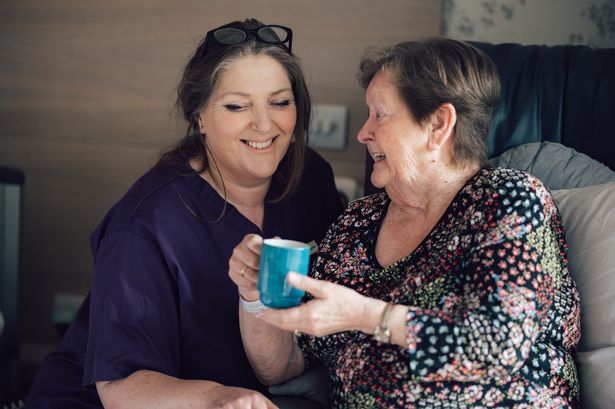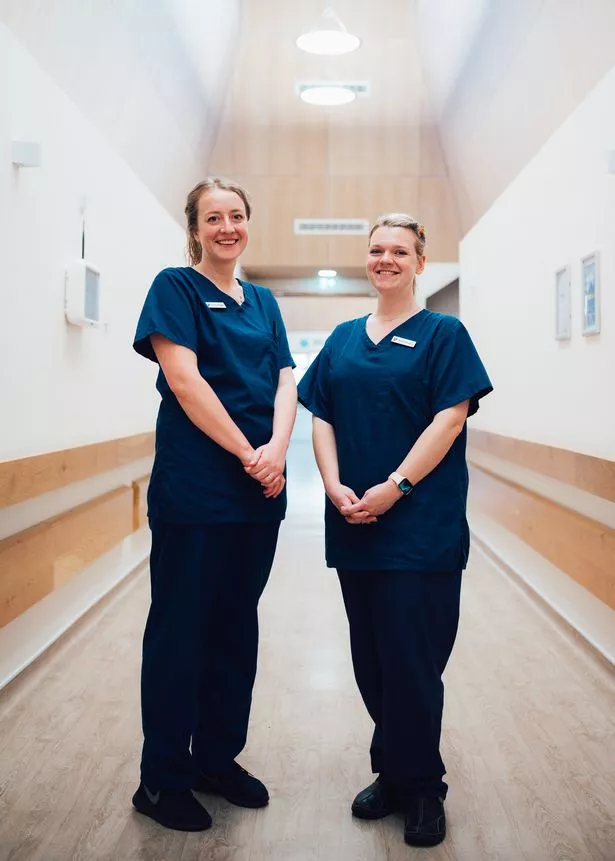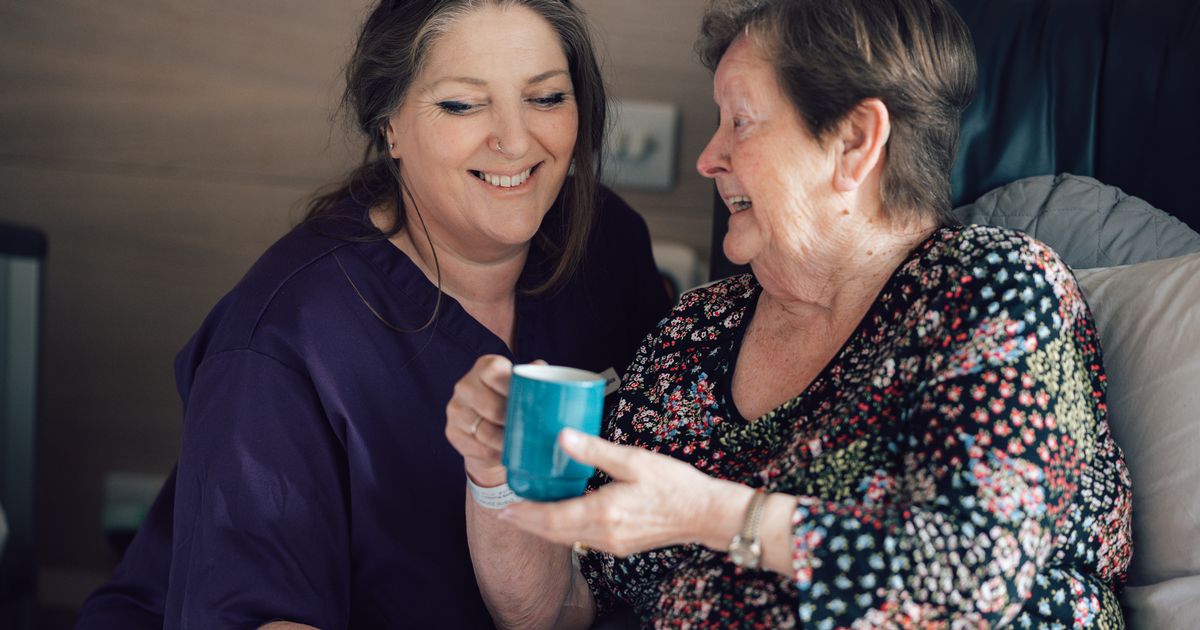St Peter’s Hospice unveils a bold plan to expand care from the final weeks to the final year of life—taking death out of the shadows St Peter’s Hospice
St Peter’s Hospice
St Peter’s Hospice has announced an ambitious five-year strategy to double the number of people it supports, tackling significant gaps in access to end-of-life care across Bristol, South Gloucestershire and North Somerset.
The strategy, revealed ahead of Dying Matters Week (Monday, May 5 – Sunday, May 11), is based on research and community feedback.
It aims to extend care from the final weeks of life to the final year, with a renewed focus on community outreach and earlier intervention. The initiative is also accompanied by a brand overhaul – the charity’s first in over a decade.
Chief executive Susan Hamilton said: “Our vision is to transform the experience of death by bringing understanding, compassion, and care to those navigating this difficult journey.”
 St Peter’s Hospice
St Peter’s Hospice
Susan added: “As the number of people needing end-of-life care grows, we are committed to providing them and their families with the compassionate care they need. While recent years have been challenging, we’re now focused on an ambitious plan to expand our reach and support people earlier in their journey.”
At present, only one in three people in the area who need end-of-life support are reached by the Hospice. With an ageing population and increasing demand, the charity is determined to widen its impact.
The average patient is referred just 44 days before death, despite evidence showing that earlier involvement leads to better outcomes for patients and their loved ones. Research conducted by the Hospice also revealed widespread misconceptions: one in three people did not know what the charity does, and half believed hospice care had to be paid for.
Additionally, the strategy highlights disparities in care access, particularly among people with non-cancer conditions, individuals from marginalised backgrounds, and those experiencing homelessness.
Susan said: “Our priorities will include taking a leading role in conversations on death and dying, working in partnership with workplaces, schools, the NHS and the voluntary sector. We want to challenge myths about hospice care so everyone knows they can turn to us, and empower people to feel more able to talk about death and dying.”
Founded in 1978, St Peter’s Hospice provides free end-of-life care, with over 90% of services delivered in people’s homes and the remainder at its Brentry facility. The rebrand, informed by feedback from around 1,500 people, aims to correct misconceptions and better reflect the charity’s wide-ranging services.
Susan added: “Our research showed that one in three people didn’t understand our work, many thought they had to pay for our services and nearly half didn’t realise we cared for people in their own homes, when in fact, that’s where 90% of our care is provided. Our brand was described as dated and not reflective of our range of services. By modernising how we look and sound, we can break down some of the misconceptions to increase our reach and income.”
The Hospice has stated it will also invest in digital innovation and collaborate more closely with healthcare providers to reach patients earlier.
It costs £30,000 per day to run the Hospice, with less than 20% of funding coming from the NHS. The remainder is covered by public support through donations, gifts in wills, fundraising and proceeds from its retail shops.
Donations can be made via the St Peter’s Hospice website.
